Primary teeth, also known as baby teeth or deciduous teeth, are the first set of teeth that erupt in a child’s mouth, typically around 6 months of age, and are eventually replaced by permanent teeth by the age of 6 or so. Although primary teeth are temporary, they play a vital role in a child’s growth and development, affecting functions like chewing, speech, facial development, and even the proper eruption of permanent teeth. Therefore, maintaining the health of primary teeth is crucial for overall health and quality of life in children.
However, due to factors such as incomplete oral hygiene habits, diet preferences, and more, primary teeth are susceptible to decay, wear, and fractures. In these cases, primary tooth restoration becomes especially important. Restoring damaged teeth not only resolves cosmetic and functional issues but also helps prevent further complications and ensures a healthy environment for the eruption of permanent teeth.
This article will provide a comprehensive overview of primary tooth restoration, including the structure and function of primary teeth, the importance of restoration, restoration methods and materials, and post-restoration care, helping both parents and dental professionals better understand and practice primary tooth restoration.
Structure and Function of Primary Teeth
Primary teeth, like permanent teeth, are composed of enamel, dentin, pulp, and the periodontal attachment tissue. However, the enamel of primary teeth is thinner, and the dentin is less mineralized compared to permanent teeth, making primary teeth more prone to wear and decay. This is one of the reasons why primary teeth are more susceptible to dental caries than permanent teeth.
The primary functions of primary teeth include:
- Chewing Function: Primary teeth allow children to chew food properly, ensuring adequate nutrition.
- Speech Development: Primary teeth are essential for correct pronunciation and speech development. Missing primary teeth can lead to speech issues.
- Space Maintenance: Primary teeth hold space for the proper eruption of permanent teeth. If a primary tooth is lost prematurely, it can cause misalignment or crowding of permanent teeth.
- Facial Development: The presence of primary teeth plays an important role in the development of facial muscles and bone structure. Missing teeth can cause facial asymmetry.
The Importance of Primary Tooth Restoration
Restoring primary teeth is not only about repairing the appearance and function of the tooth but also about ensuring the health of permanent teeth and the overall well-being of the child. The necessity of primary tooth restoration is highlighted in several key areas:
1. Preventing Further Deterioration of Decay
When primary teeth develop dental caries, if left untreated, the decay can worsen, leading to pulp infection or even tooth loss. Early restoration can effectively prevent the decay from progressing to the pulp and avoid more serious complications, such as premature tooth loss or root resorption.
2. Maintaining Chewing Function
Restoring primary teeth ensures that children can chew food properly, which is essential for their nutrition and growth. Chewing difficulties due to damaged teeth can lead to digestive problems or nutritional deficiencies.
3. Promoting Speech Development
Restoring primary teeth helps maintain normal speech and pronunciation, preventing issues that may arise from missing or damaged teeth, which can affect language skills and social development.
4. Preventing Permanent Teeth Misalignment
Restoring primary teeth helps preserve the overall alignment of the dental arch, preventing the early loss of teeth or misalignment, thus ensuring that permanent teeth can erupt properly.
5. Psychological and Social Impact
Damaged primary teeth can negatively affect a child’s appearance, leading to a decrease in self-esteem and potential social withdrawal. Timely restoration can help avoid such psychological issues.
Methods and Materials for Primary Tooth Restoration
There are various methods for restoring primary teeth, and the choice of technique depends on the severity of decay, the location of the tooth, and the child’s age and individual needs. Common methods of restoration include fillings, crowns, and root canal therapy.
1. Filling Restoration
Filling is the most common restoration method for primary teeth, suitable for cases of mild to moderate decay. The most commonly used filling materials include:
a. Composite Resin Fillings
Composite resins are one of the most widely used materials for tooth restorations. The main advantage of composite resins is their aesthetic appeal—they closely match the color of natural teeth. Additionally, composite resins bond well to the tooth structure, reducing gaps between the restoration and the natural tooth, improving the stability of the restoration.
However, composite resins have a relatively lower wear resistance and may discolor over time, making them less ideal for use in the back teeth. These materials also require UV or blue light for curing, which requires careful handling during the procedure.
b. Silver-Amalgam Fillings
Silver amalgam (also called mercury amalgam) is a durable, cost-effective material commonly used for restoring primary teeth. It is strong, wear-resistant, and has a long track record of clinical success. However, its aesthetic downside is that it does not blend with the natural tooth color, making it more visible when used in the anterior (front) teeth.

2. Crown Restoration
When decay is extensive and the tooth structure is significantly compromised, a filling alone may not be sufficient. In such cases, a dental crown may be necessary. Crowns cover the entire tooth, restoring both its appearance and function.
Common types of crowns used for primary tooth restoration include:
- Stainless Steel Crowns: These are durable and cost-effective, often used for restoring molars. They provide excellent protection for decayed primary teeth but are visible due to their metallic color.
- Resin Crowns: Resin crowns offer better aesthetic results as they blend well with the natural tooth color. However, they tend to be less durable than stainless steel crowns and are typically used for front teeth.
- Porcelain Crowns: Porcelain crowns provide the best aesthetic outcomes, as they resemble natural tooth enamel. However, they are more expensive and less durable compared to stainless steel crowns, and they are mostly used for front tooth restoration.
3. Root Canal Treatment
Root canal treatment is indicated when the decay has advanced to the point of causing pulp inflammation or infection. During this procedure, the infected pulp is removed, and the empty root canal is filled with a biocompatible material to prevent further infection. Root canal treatment is typically performed when the primary tooth is severely decayed, but it is still worth saving to maintain space for permanent teeth.
Steps in Primary Tooth Restoration
The process of restoring a primary tooth typically involves the following steps:
- Examination and Diagnosis: X-rays and clinical examinations are performed to assess the extent of decay and determine the most appropriate restoration method.
- Local Anesthesia: Local anesthesia may be administered to numb the area and prevent discomfort during the procedure.
- Decay Removal: The decayed portion of the tooth is removed using dental instruments, leaving only healthy tooth structure.
- Restoration Material Application: Depending on the type of restoration, the appropriate filling material or crown is selected and placed. Composite resins are light-cured, while silver amalgam fillings are condensed into the cavity.
- Post-Restoration Check and Adjustment: Once the restoration is placed, the dentist checks the bite and makes adjustments to ensure proper occlusion.
Post-Restoration Care
After primary tooth restoration, both parents and children need to follow certain care guidelines to ensure the long-term success of the restoration:
- Avoid Hard Foods: Newly restored teeth require some time to adapt. Children should avoid chewing on hard foods to prevent damage to the restoration.
- Maintain Good Oral Hygiene: Children should brush their teeth at least twice a day using a child-sized toothbrush and fluoride toothpaste. Good oral hygiene practices will help prevent future decay and ensure the longevity of the restoration.
- Regular Dental Checkups: After restoration, regular dental visits are essential to monitor the condition of the restored tooth and catch any potential issues early.
- Limit Sugar Intake: Excessive consumption of sugary foods and drinks can contribute to the development of new cavities. Parents should regulate their child’s sugar intake, especially avoiding sugary snacks and drinks between meals.
Conclusion
Primary tooth restoration plays a crucial role in maintaining the oral health of children. Timely restoration can restore chewing function, improve speech, prevent further decay, and promote proper alignment for permanent teeth. Choosing the right materials and restoration techniques, coupled with appropriate post-restoration care, ensures long-lasting results. Parents should prioritize their children’s oral health by encouraging good hygiene habits and seeking timely dental care to preserve the health and function of primary teeth. This, in turn, supports the healthy growth of permanent teeth and overall well-being.

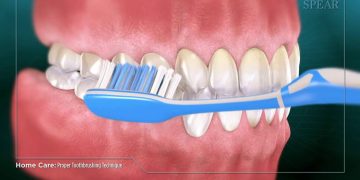
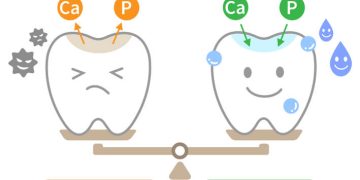
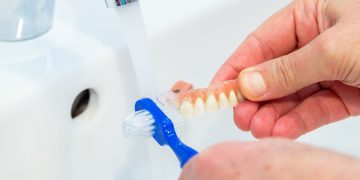




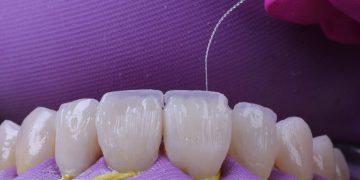
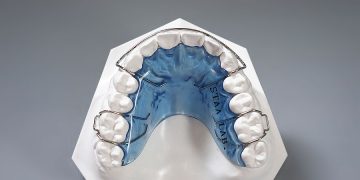

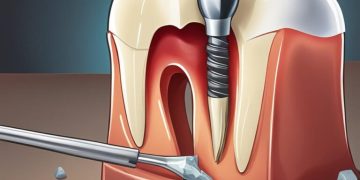
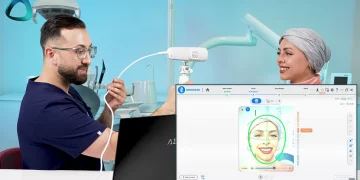
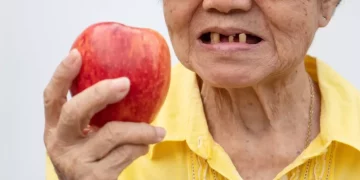

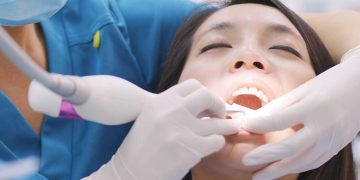

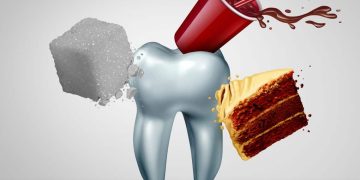







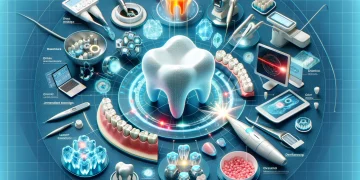



















Discussion about this post